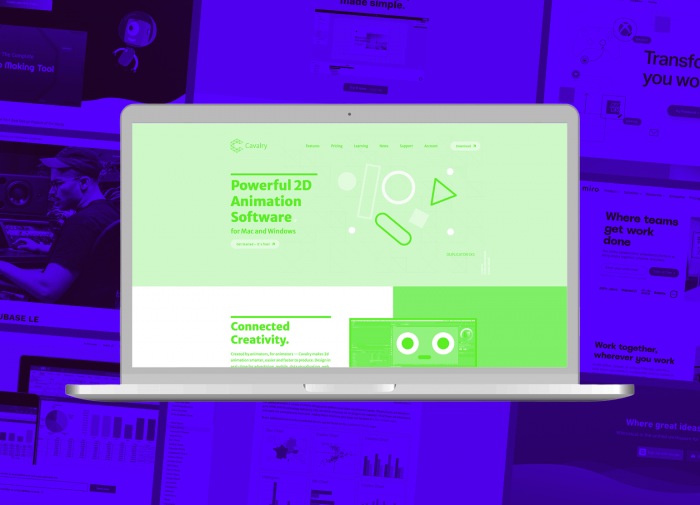For those unfamiliar, whiteboarding tools like Miro, Freehand, and ClickUp basically serve as blank canvases for creative collaboration of any kind. But you’re probably familiar, because everyone is using them these days.
There are probably 100 ways to whiteboard: you can brainstorm, take notes, conduct workshops, wireframe new projects, build a vision board, and so much more. So on a flexible digital workspace where anything goes, it’s important to establish ground rules that ensure your collaborative efforts remain orderly and productive.
I’ve been using digital whiteboards as an agile coach for years—in fact, I’ve practically staked my career on them. These are my rules for whiteboard etiquette.
Whiteboarding is generally pretty user-friendly, but there are certainly quirks. Don’t jump right in with a mega-project. Instead, start with something manageable, like a small brainstorm or a vision board with a small group of teammates. Those kinds of projects will be more approachable for new users and a good way to get them used to the platform.
It’s also important to withhold your assumptions about your co-contributors’ whiteboarding comfort levels. Don’t assume everyone will know how to use your board right away, so take a minute to explain it to them! Show users how to navigate the board, how to add sticky notes, and so on.
Kick things off with your new board by establishing clear rules of engagement. Make it clear how collaborators can contribute (by doing things like writing ideas on sticky notes), but also when and where they’re expected to contribute (that’ll differ, depending on the kind of board you’re building).
Establishing some rules about using the board upfront will help prevent both of your two most dreaded scenarios: total crickets and total chaos.
This might be a personal preference, but it’s one that’s deeply important to me. When you add new information to an existing idea, add that information to the right of your existing board structure. Think of that left-to-right structure in the same way that you might think of a line of text.
I structure my boards this way because nearly every computer screen has a landscape orientation, with more horizontal real estate available than vertical. If you thread your ideas horizontally, you’ll maximize your device’s screen space.
Threading your ideas vertically isn’t wrong, necessarily. But in my opinion, vertical shifts should be used to pivot to a brand-new topic or subject. For example, I use vertical drops during remote brainstorming sessions to indicate a change in topic or focus. And once again, as I build upon that topic, I thread the information for that topic to the right.
You might be tempted to have multiple boards for different subgroups within your team, versions of an idea, or stages of your planning. But it’s more valuable to keep the evolution of ideas together in one whiteboard rather than creating new boards for everything.
I like to think about whiteboarding in the same way that I think about my work desk. When you have a lot of work to do, you don’t add a second desk to your office—you just organize the stacks of paper in a way that makes it easy to prioritize your tasks and get everything done.
These digital whiteboard spaces can be huge—and trust me, some of the boards that I’ve built are massive. But when you keep everything contained in one board, nothing slips through the cracks. You and your team have full visibility into everything that’s going on, all the time.
Now, if you’re going to have one big board, you have to understand how to orient yourself and understand the big picture. Font size is a great way to show importance. When you pick a “standard” size (probably between 12- and 20-point font), leave plenty of room to make it smaller or larger based on the importance of a given topic.
Brainstorms can get messy, and in fact, some of the best ones are! But in order to make the most of your whiteboard, your collaborators have to be able to find the most important information right away. That means keeping navigation clean and clear for your entire team.
Give your board a name that allows collaborators to locate it quickly. Within the board, give each section a clear name, too. Make liberal use of borders, grouping, and framing to delineate all the different types of information. Colors are also a great way to keep things separate. Maybe each subject matter has its own color, or each contributor leaves sticky notes of a certain color.



